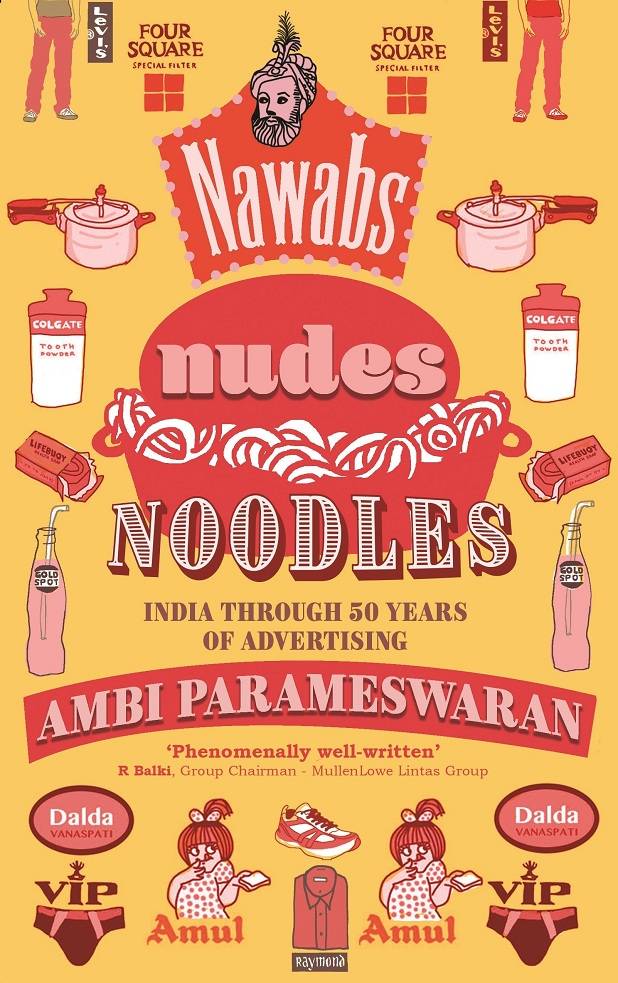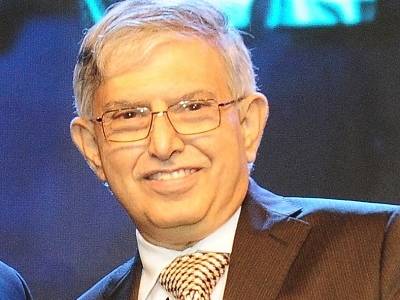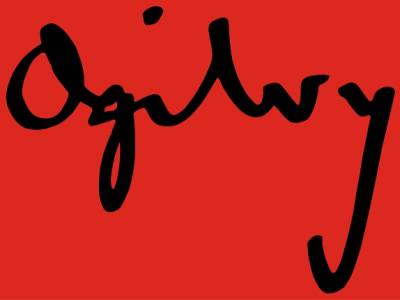Brands will have to learn to use the digital medium better: MG Parameswaran
Adman, writer, brand strategist, educator, entrepreneur, industry observer – MG ‘Ambi’ Parameswaran, Brand Strategist and Founder, Brand-Building.com, has donned several hats in the course of his over three decade-long career. During these years, the industry veteran has been witness to and a part of the transition in the Indian advertising landscape, which puts him in the driver’s seat to pen down this transition.
In his latest book (the sixth one, to be precise) – ‘Nawab, Nudes, Noodles’ – Parameswaran takes a look at India through 50 years of advertising, how advertising has changed the society and is impacting the choices that we make. The book will be launched on Thursday, June 9, 2016 at an event in Mumbai.
In this interaction with AdGully, Ambi Parameswaran speaks at length about his new book, on turning to writing, looking at India through the advertising glass and much more. Excerpts:
How did Nawab, Nudes, Noodles materialise?
After my last book, ‘For God’s Sake’, was published, my Penquin publisher Anish Chandy and I were chatting. He was setting up his own literary agency. He was asking about my new book ideas. I had thought of two. When I explained the concept behind this one he warmed up to it. We disagreed on the structure of the book, he wanted it choronologically organised, I wanted it in a different structure. Finally he saw the logic to my argument. The concept note was done and I wrote two sample chapters. We spoke with a few publishers and fortunately for us, Pan Macmillan saw the book exactly the way we were visualising it. After all this was done, it took a year for the writing.
How and why did you turn to writing? How do you find the time for writing? How much time does it take you on an average to write a book?
I started writing an occasional column in Economic Times way back in 1995. This was followed by a few more in other magazines. In 1996, when I started teaching, I started writing short cases that I could use in my class. This led to my first book, ‘FCB Ulka Brand Building Advertising – Concepts and Cases’, published by Tata McGraw Hill in 2000. Several books followed, all aimed at the young student audience. The process of writing a book is long and cumbersome; writing a 1,000-word article is so much easier. I tend to first organise the concept behind the book. Then I collect material that can be useful. Often I take this as an excuse to buy and read books. For ‘Nawabs Nudes Noodles’, I must have read referred to at least 25 to 30 books over the span of two years. The process of writing is done on weekends; around 6 hours every Saturday/ Sunday. Some of the anecdotes in ‘Nawabs Nudes Noodles’ go back to my early days in advertising, back to 1979-80. So in a sense this book has been 40 years in the making.
When you look at India through the advertising glass over the last 50 years, what kind of image emerges?
We can see a country in transition and how advertising has been reflecting the change. Be it the role of women and men; the changing perception about education and jobs; the whole new idiom of married life, etc. No other country has undergone such rapid societal change as India. From 1980-90 to 2000-2010, we have seen almost all sections of society affected by technology, media, politics and more. Advertising has been an interesting mirror to this change. Sometimes advertising reflected the change; and sometimes like those magic mirrors we see in fun fairs, advertising has exaggerated the changes.
You obviously had to sift through a lot of ads, information and back stories while writing this book. Could you share some interesting memorabilia?
When I started organising the book into chapters, I realised that each chapter should have some personal anecdote. In fact, the introduction starts with a personal story about a missing jacket and an airline ‘lost and found’ department. Some of the anecdotes are from my childhood days in Chennai, some from my early years in advertising in Mumbai. It was fun dredging through my memory cells to pull out interesting stories.
Do you think the days of iconic characters in ads like the Air India Maharaja, Lalitaji, Chintamani, Ramesh-Suresh are over? Even the Amul Girl is approaching 55...
I think Indian advertising has created some really memorable lovable characters like the Amul girl, Air India Maharaja, ZooZoos and so on. I don’t think the days of these characters are over. ZooZoos is a living example. But the challenge is that today clients want quick results, because they are on a quarter to quarter race. Some of these memorable characters were nurtured for long periods; and some of them were supported by mega budgets. I am sure we will continue to see many more such characters in Indian ads in the future. Lalitaji and Whirlpool Mom or Suresh-Ramesh are not really brand mascots. They were characters created by a brand that lived on through various renditions. That school of advertising is in fact even more lively now that we have digital media to supplement TV.
With consumer engagement becoming an important aspect of building brand connect, do you think just advertising is enough?
Advertising started as town callers and wall paintings. It then went into print, radio and cinema. I see digital as yet another way of delivering a sales message, albeit a more interactive one. Brands will have to learn to use the digital medium better. Just posting long format films on YouTube or Facebook is not digital advertising. We have just started on the journey. We will learn as we try more options.
Despite the strong focus on gender sensitivity, there are enough ads that break the code. How can the ad fraternity make the push for gender sensitivity? How can clients be educated in this?
I think there are several bodies such as Laadli, who are doing a lot of work in this area. This is not just the concern of advertising. I think the debate has to include television, cinema, online media, print media and radio, to say the least. Gender sensitivity cannot be just another buzz word.
We have been seeing some very well-made long format ads on social media. But how do they pan out for the brands when it comes to call for action?
I am not sure what these long format films are achieving if they are not done to a brief and a particular objective. I am sure clients are putting some metrics in place to measure their effectiveness. If not, it is just going to add a film to a showreel of an aspiring feature film maker.
In your long career you have donned several roles - adman, writer, brand strategist, educator, entrepreneur, industry observer. Which of these roles is closest to your heart and why?
It is a difficult choice to make. I enjoy working with talented young people, training them, teaching them and in turn learning from them. I have done this both as a business executive and as a teacher. This is the role that I like to continue playing.
What next can we look forward to from you?
I turned a Brand Strategist/ Coach this year with my venture Brand-Building.com. I plan to do a lot more of teaching, coaching, mentoring. The next book is still a long distance away.






















Share
Facebook
YouTube
Tweet
Twitter
LinkedIn